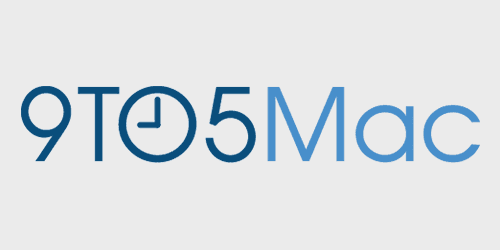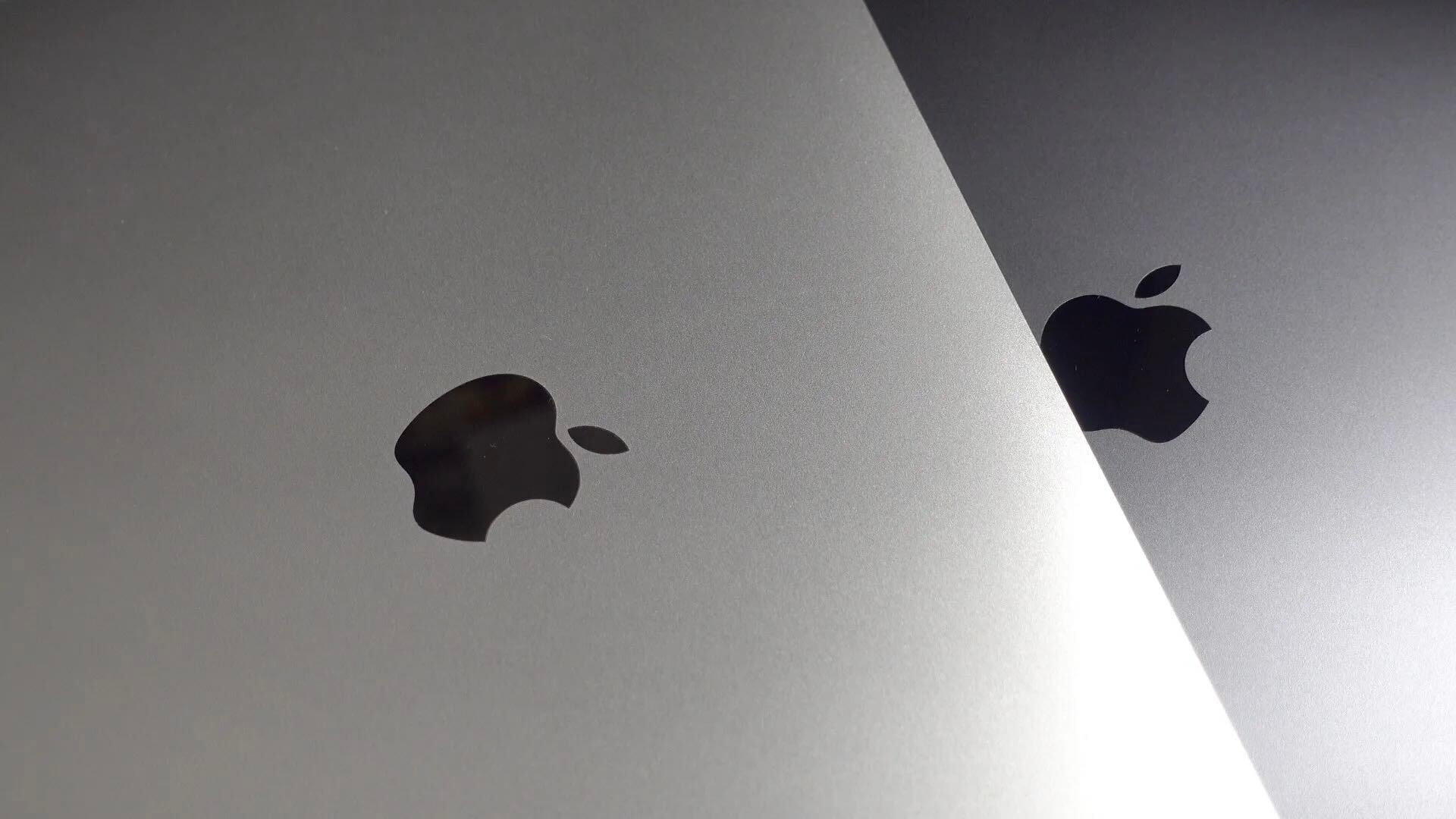
Apple’s nano-SIM design modified to ease concerns, standard decision looms
The Verge met with SIM manufacturer Giesecke & Devrient at the CTIA Wireless trade show to get an update on the 4FF standard, also known as the “nano-SIM,” which caused Apple and Nokia to duke it out in recent times. The firm is exhibiting Apple’s design at the show (above), a 3FF micro-SIM expansion that iOS users are familiar with, while none of Nokia’s competing design was present. When questioned if that suggested the company is going with Apple, G&D said, “We work with everybody,” and then elaborated:
- The company tells [The Verge] that the ETSI vote on the 4FF standard that had been delayed back in March is actually now underway. Voting began for ETSI members in mid-April and wraps up in mid-May, mere days away. G&D is a voting member, though it wouldn’t tell [The Verge] which way it’s leaning — needless to say, the presence of Apple’s design here signals that they’ll almost certainly put their votes in that direction and away from Nokia’s more radical design that limits backward compatibility with micro-SIM and mini-SIM slots on older phones.
- The delay in the vote had been due largely to Nokia’s vocal displeasure in Apple’s design, saying in March that Apple explicitly violated ETSI’s design guidelines for 4FF — guidelines that specified that a nano-SIM should be shaped in such a way that it would be difficult or impossible for a customer to accidentally jam it into a micro-SIM slot. G&D noted to [The Verge] that Apple’s design has now been modified: a small amount of plastic has been added around the edges of the electrical contacts, making the new nano-SIM just long enough so that it can’t be forced lengthwise into an incompatible socket. (The tradeoff, of course, is that the revised design is even less different than the micro-SIM it’s designed to replace, saving relatively little room inside the phone for other components.)
G&D also mentioned the micro-SIM took roughly five years before it introduced in the iPhone, but that same time frame is not expected now, because “adoption is being driven by a supplier […]we’ll see a product very soon after ratification.” Therefore, it is assumed we would see a nano-SIM in at least next year’s iPhone, as long as the ETSI passes the tech this month.

